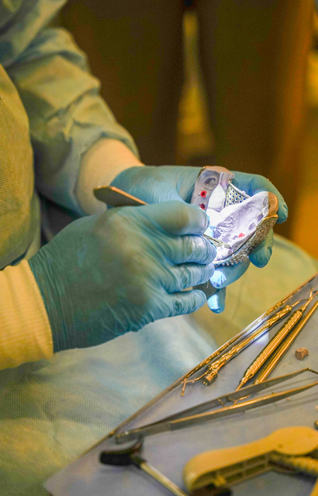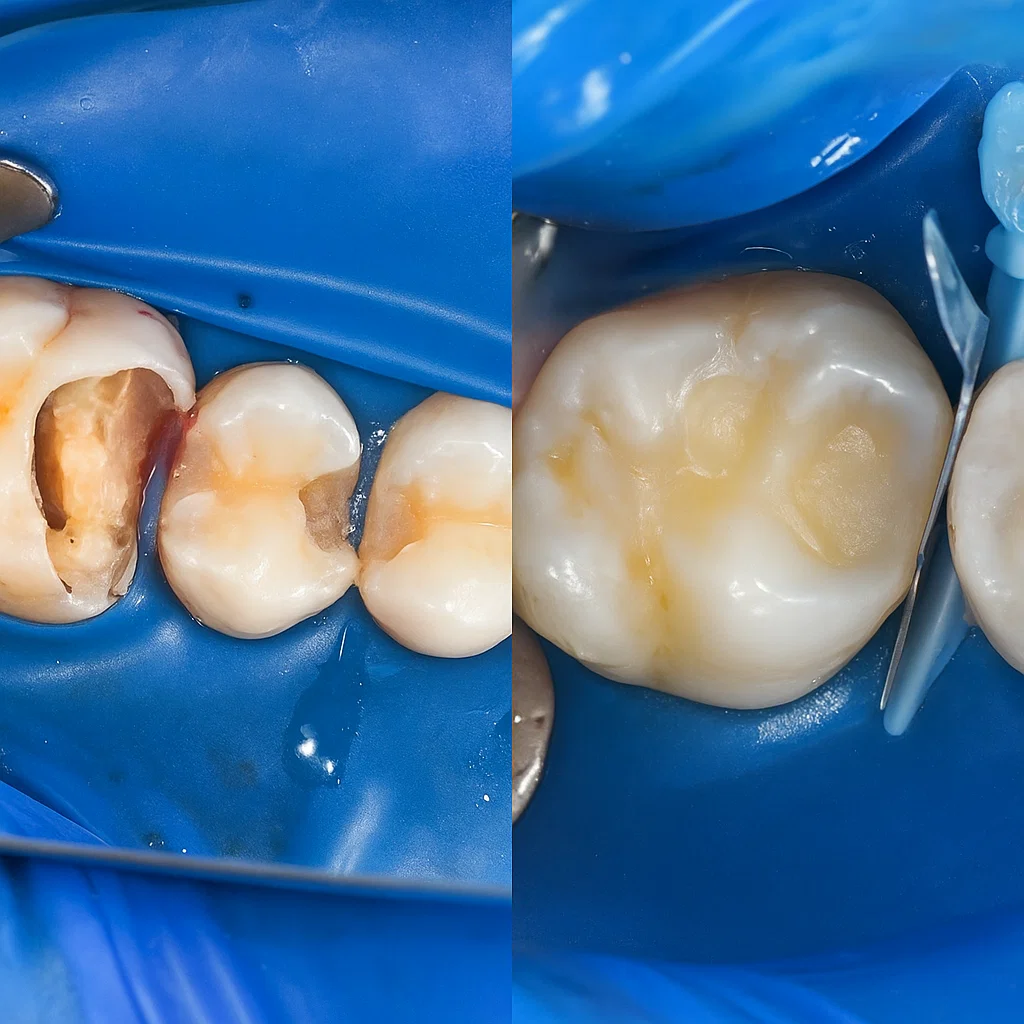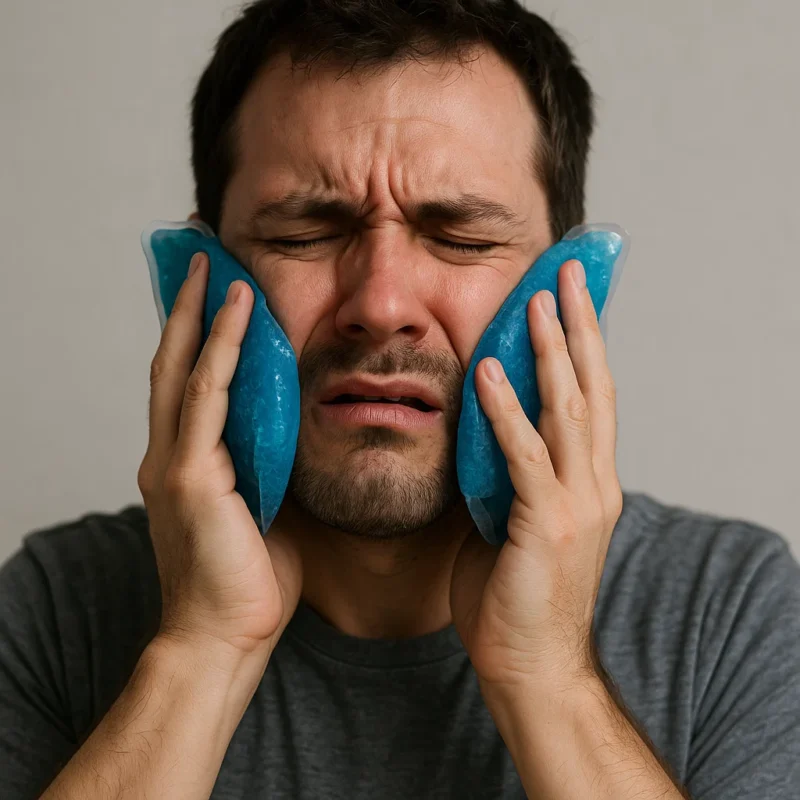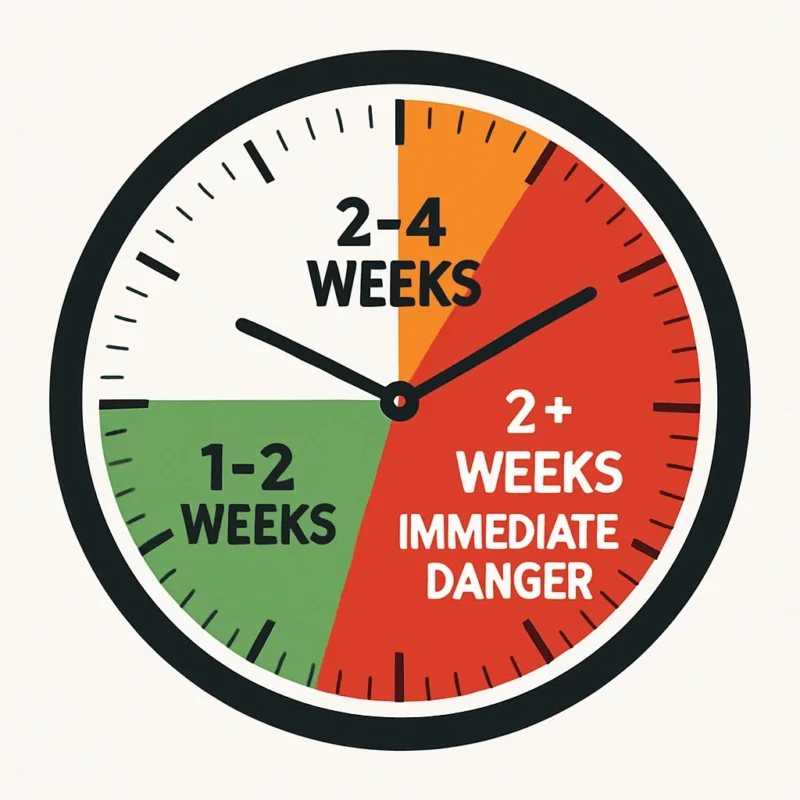Cosmetic Dentistry
Restorative Dentistry
Implant Dentistry



Patients often report tooth pain after underging a filling procedure. ُThis is something very normal, because multiple things could get irritated through the process. If the pain persists and does not quite down within one to two weeks, it is advised to consult your dentist.
Experiencing discomfort after a dental filling can be concerning, especially when you first notice pain while chewing. Understanding the cause of this pain is the first step toward finding relief.
Tooth pain after filing could happen for a lot of reasons; we’ll discuss them thoroughly in this article.
Finally, it’s important to remember that not every ache is nerve pain. Sometimes, soreness in the teeth or jaw comes from the procedure itself rather than the filling.
It’s normal to feel a little off after a dental filling, but it’s important to understand what kind of discomfort you’re feeling. Soreness and pain aren’t the same thing, and they usually mean different things when it comes to recovery.
Soreness is usually dull, achy, and spread out. It might feel like pressure or fatigue around the treated tooth, especially when chewing or talking. This kind of discomfort often comes from:
Soreness is usually temporary, and it fades with rest, soft foods, and basic pain relief.
Pain tends to be sharper, more localized, and harder to ignore. If you feel a jolt when biting down, or lingering sensitivity to hot or cold that lasts longer than a few seconds, you’re likely dealing with something more than just soreness.
There are two reasons why you could feel pain after filing. The first is if a filing was too high, which can cause sharp or lingering pain when chewing.
This issue requires a revisit to your dentist to adjust the filling to match your bite. A small height difference can throw off your bite and put extra pressure on the tooth, leading to the discomfort you feel when chewing.
The second possibility is that the tooth’s nerves could be irritated. Drilling and filling can stress your inner pulp, especially if you have had cavities that are deep in the tooth. This sensitivity may fade over a few days, but if it lingers, that could be a sign of a problem.
Chewing discomfort is one factor to consider, but it raises a bigger question: Is tooth pain after a filling normal, or does it mean there’s a problem?

This question does not have a definite answer, as each patient differs from one another.
Typically, soreness is to be expected, but lingering, sharp, or electrifying pain in the tooth signifies that something else is at work.
These types of soreness or pain are worrisome and differ from the normal discomfort that follows a procedure.
There are various types of pain that you could feel. We’ll explore them and show you what forms they would come up in.

It is expected to have some sensitivity after a filling is normal, but how much and for how long depends on a few key factors.
Most patients feel mild discomfort for a few days up to two weeks. This includes sensitivity to hot or cold drinks, biting pressure, or sweet foods. If everything goes smoothly, the pain should gradually fade without going back to your dentist.
If the pain gets worse, lingers beyond two weeks, or feels sharp and sudden, that’s your clue to check in with your dentist. It could be a simple adjustment or something that needs more attention.
A few things can stretch out the healing process:
Even if the pain is short-term, you don’t have to just put up with it. Here’s what helps:
If your tooth is hurting months after a filling, this is not normal post-procedure sensitivity, as it’s a sign that something may be wrong.
Pain showing up long after the work is done usually means there’s a new issue developing beneath or around the filling.
Here are some common causes:
Pain months later is a signal that your filling, or the tooth itself, needs to be reassessed. Regular dental checkups help catch these issues early, before they turn into major problems like infection or tooth loss. Even if your filling felt fine at first, pain that develops later isn’t something to ignore.
If your tooth starts hurting again, get it checked. A quick X-ray and exam can reveal whether you need a simple fix or something more involved to protect the tooth.
Lingering discomfort is one thing, but when pain turns severe, it could be a sign that something more serious is happening.
Mild pain after a filling is expected. But if the pain becomes intense, constant, or unbearable, you may be dealing with a dental emergency.
When tooth pain crosses that line, it’s often a sign that something deeper is wrong, such as an infection, abscess, or nerve damage that wasn’t fully resolved during the filling.
Signs You’re in Emergency Territory:
These symptoms point to a possible dental abscess, a serious infection that can spread if not treated quickly. In some cases, emergency treatment or a root canal may be needed to save the tooth and protect your health.
Before assuming the worst, it’s also worth zooming in on the more common scenario: pain that flares up a week after the procedure.
If your toothache is getting worse after a filling, it’s a sign that something’s not right. The table below breaks down common warning signs, what they could mean, and when to take action.
| Warning Sign | What It Might Mean | What to Do |
| Throbbing, pulsing, or constant pain | Possible infection or nerve damage | Call your dentist immediately |
| Pain that wakes you up at night | Likely deep pulp inflammation or abscess | Needs urgent evaluation |
| Swelling in the gums, cheek, or jaw | Possible infection spreading | Seek dental care right away |
| Bad taste or odor in the mouth | May indicate an abscess or a leaking filling | Schedule a visit as soon as possible |
| Fever or feeling unwell | Infection may be affecting your overall health | Don’t wait, get seen promptly |
| Pain when chewing that won’t go away | The filling could be too high, or the tooth may be cracked | A dentist can adjust or examine more closely |
| Visible crack or gap in filling | Filling failure, as bacteria can re-enter the tooth | May need a replacement filling |
| Loose or shifting filling | Indicates poor seal or failure of bonding | Filling will likely need to be redone |
| Sensitivity that worsens over time | It could mean nerve irritation, decay, or a faulty seal | The dentist should reassess the tooth |
The good news? Most tooth pain after a filling goes away on its own. Mild sensitivity to temperature, pressure, or sweets is common and usually fades within a week or two.
In the meantime, you can manage the discomfort with:
But while some soreness is normal, there are a few red flags you shouldn’t ignore:
Patients often feel some soreness or pain, but with a dentist like Cem Baysal, who offers comprehensive follow-up care, pain is quickly managed and handled.